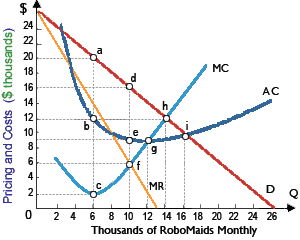Maximum possible total revenue monthly from sales of RoboMaids is about: (i) $70 million. (ii) $100 million. (iii) $125 million. (iv) $170 million. (v) $230 million.

Hello guys I want your advice. Please recommend some views for above Economics problems.